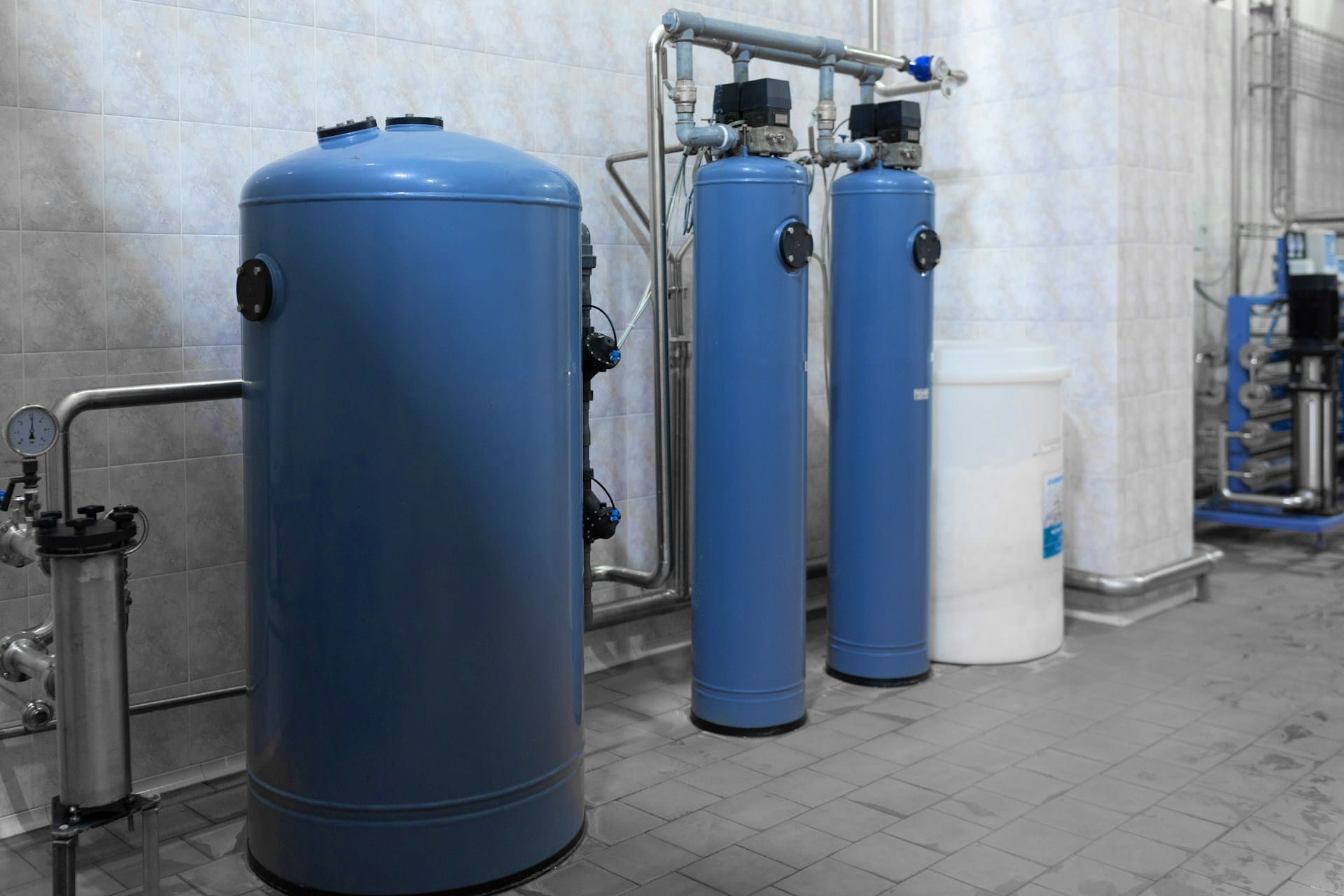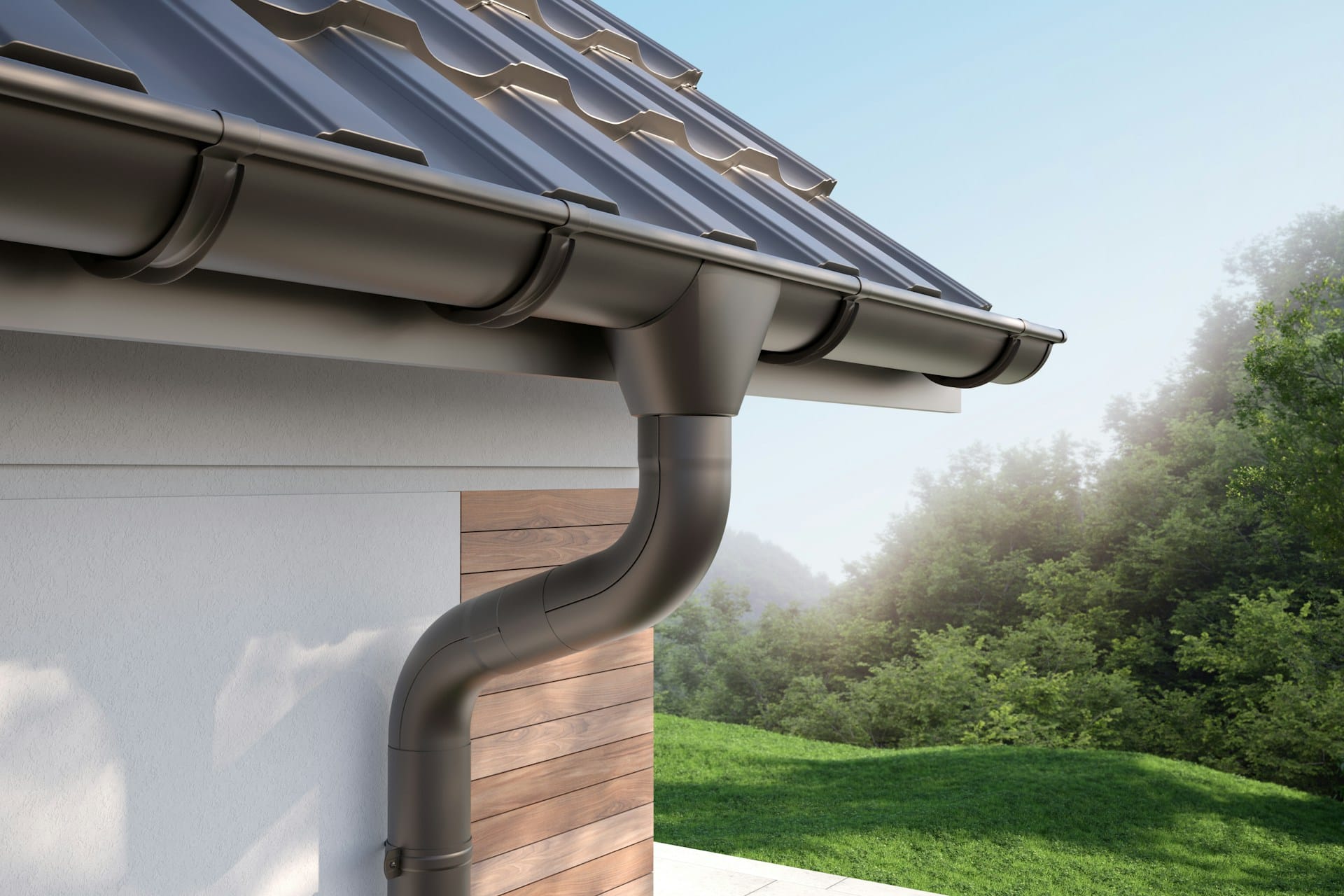Maintaining your gutters is a crucial aspect of home care that many homeowners overlook. Cleaning your gutters should be done at least twice a year, ideally in the spring and fall, to prevent clogs and potential damage to your home. Neglecting this simple task can lead to severe issues such as roof damage, mold growth, and pest infestations.
Timing your gutter cleaning can save you from costly repairs in the long run. After heavy storms or during times when trees shed leaves, it’s essential to inspect and clean your gutters. By prioritizing this maintenance, you protect your home and ensure that your gutter system functions efficiently.
Don’t wait until a problem arises to address your gutters. Regular cleaning not only enhances your home’s appearance but also extends the lifespan of your gutter system, making it an integral part of your home maintenance routine.
Understanding the Importance of Gutter Cleaning
Keeping your gutters clean is crucial for protecting your home. Clogged gutters can lead to significant water damage. When water overflows, it may seep into your foundation, causing structural issues.
Benefits of Regular Gutter Cleaning:
- Prevent Water Damage: Clean gutters direct water away from your home, reducing the risk of leaks and mold.
- Avoid Foundation Damage: Water pooling around your foundation can cause cracks and settling. Keeping gutters clear minimizes this risk.
- Prevent Clogged Gutters: Regular cleaning stops debris buildup, ensuring your drainage system functions smoothly.
If your gutters sag, this could indicate excess weight from trapped debris. Sagging gutters are inefficient and may break, exacerbating water damage problems.
Signs You Need Gutter Cleaning:
- Water overflowing during rain.
- Visible debris accumulation.
- Sagging or misaligned gutters.
Staying proactive with gutter maintenance will help you avoid costly repairs. Regular upkeep ensures these systems effectively protect your home from the elements.
How Often to Clean Gutters
Regular gutter maintenance is essential for your home’s well-being. Generally, you should aim to clean your gutters at least twice a year. Spring and fall are ideal times for this maintenance.
Spring Cleaning:
- Remove debris from winter storms.
- Clear out leaves that fell during the autumn.
- Inspect for any damage caused by snow or ice.
Fall Cleaning:
- Clear out leaves before winter.
- Check for clogs to ensure proper drainage during snowmelt.
- Prevent water damage that can occur if gutters overflow.
In places with heavy tree cover, consider cleaning your gutters more frequently. You may need to do it three to four times a year.
After storms, always inspect your gutters for debris or blockages. Regularly cleaned gutters help prevent costly water damage to your roof, siding, and foundation.
Using gutter guards can also help reduce the frequency of cleaning. They prevent large debris from entering the system but don’t completely eliminate the need for maintenance.
Maintaining clean gutters enhances their lifespan and effectiveness, ensuring that your home remains protected from moisture-related issues.
Identifying the Best Time for Gutter Cleaning
Timing is crucial for effective gutter maintenance. Understanding the factors that affect cleaning schedules and considering seasonal changes can help you prevent gutter clogs and maintain your home effectively.
Factors Affecting Cleaning Schedules
Several factors can impact your gutter cleaning schedule. The type of vegetation around your home is a significant consideration. If you have many deciduous trees, you may need to clean your gutters more frequently in the fall when leaves drop.
Additionally, your local climate affects how often you should clean your gutters. In areas with heavy rainfall or intense storms, debris can accumulate quickly, necessitating more frequent cleanings.
Pay attention to how well your gutters are functioning. If you notice water overflow or clogs, it may indicate that it’s time for maintenance. Regular inspections and keeping an eye on your gutter’s performance can help determine the best cleaning schedule for your needs.
Seasonal Considerations
Seasonal changes play a vital role in gutter maintenance. The best time to clean gutters is generally in early spring and late fall.
In the spring, melting snow and rainfall can lead to excessive debris buildup. Cleaning at this time helps prepare your gutters for summer storms.
In the fall, cleaning removes leaves and twigs before they become soggy and cause blockages. Targeting these two seasons can prevent gutter clogs and extend the lifespan of your gutter system.
By aligning your cleaning schedule with seasonal changes, you can maintain optimal function and protect your home from water damage.
Choosing Gutter Cleaning Methods
When it comes to gutter cleaning, selecting the right method can make a significant difference in the efficiency and effectiveness of the job. You can choose between DIY options or hire professional services, each with its pros and cons. Understanding the tools and techniques available will help you make an informed decision tailored to your situation.
DIY vs. Professional Gutter Cleaning
DIY gutter cleaning can be cost-effective, allowing you to maintain your gutters without spending on services. Using a simple garden hose with a nozzle attachment allows you to flush out debris effectively. A wet/dry vacuum can also be useful for removing leaves and dirt without climbing on a ladder.
However, professional gutter cleaning services offer expertise and safety. Professionals are trained to handle heights, utilize advanced tools, and remove stubborn blockages. If your home is multi-storied or the gutters are particularly clogged or in poor condition, hiring a service may be the best way to clean gutters safely and thoroughly.
Effective Tools and Techniques
Utilizing the right tools can optimize gutter cleaning, whether you choose a DIY approach or go with professionals. For DIY cleaning, basic tools include:
- Garden Hose: Excellent for rinsing out debris.
- Wet/Dry Vacuum: Suitable for effectively removing leaves and gunk.
- Ladder: Necessary for reaching high gutters safely.
For professionals, equipment often includes pressure washers that remove debris quickly and easily. Some services also utilize specialized brushes and vacuum systems designed for gutters.
Understanding the methods available allows you to assess which best fits your needs, time, and budget. Choose wisely to ensure your gutters are clear and functioning optimally.
Preventative Measures and Long-Term Care
Regular gutter maintenance is essential in preventing issues such as blocked gutters. Schedule inspections at least twice a year, ideally in spring and fall, to catch any problems early.
Consider installing gutter guards. They help reduce debris buildup and make cleaning easier. With gutter guards, you can minimize the frequency of cleanings.
Be attentive to the signs of water overflow. If you notice water spilling over, it may indicate blockages or inadequate drainage. Promptly address these issues to protect your home.
In addition to gutters, don’t overlook the importance of a roof inspection. Ensure that the roof is in good condition to prevent water damage that could affect your gutters. A well-maintained roof helps keep water directed away from your home.
Evaluate your landscape, too. Overhanging branches and nearby plants can contribute to gutter debris. Regularly trim trees to limit the amount of organic material that may fall into your gutters.
If you live in an area prone to heavy storms, increase the frequency of your inspections. After major storms, check for any damage or debris that may need immediate attention.
Implementing these preventive measures can prolong the life of your gutters and protect your property’s foundation. Regular upkeep not only saves you money but also ensures your home remains safe and dry.
Frequently Asked Questions
Cleaning your gutters is essential to prevent water damage and other issues. Understanding the specific circumstances surrounding your home can help determine the best practices for maintenance.
How often should gutters be cleaned in an area with few or no trees?
In areas with few or no trees, you should clean your gutters at least twice a year. Spring and fall are typically suitable times, as they coincide with seasonal weather changes. Regular checks will help ensure they remain free of debris.
What is the recommended frequency for cleaning gutters equipped with guards?
Gutters with guards generally require less frequent cleaning, often once a year. However, it’s wise to inspect them periodically, as guards can sometimes fail or allow smaller debris to accumulate. The environment around your home plays a role in determining the appropriate schedule.
Which seasons or months are generally best for scheduling gutter maintenance?
The best months for gutter maintenance are typically early spring and late fall. Scheduling cleanings during these times helps prepare your gutters for heavy rain and snow. It can also prevent blockages caused by falling leaves and debris.
What are the signs that indicate your gutters require cleaning?
Signs that your gutters need cleaning include overflowing water, visible debris, or sagging sections. You may also notice water stains on your home’s exterior or foundation. Inspecting your gutters regularly can help catch these issues early.
Can gutters be effectively cleaned from the ground, and if so, how?
Yes, gutters can be cleaned from the ground using various tools like telescoping poles with brushes or vacuums designed for gutter cleaning. These tools allow you to reach your gutters without climbing a ladder, ensuring safety while effectively removing debris.
What is the typical cost range for professional gutter cleaning services?
The typical cost for professional gutter cleaning services ranges from $119 to $227, depending on your location and the size of your home. It’s advisable to obtain quotes from several providers to understand the market rates and find the best option for your needs.












